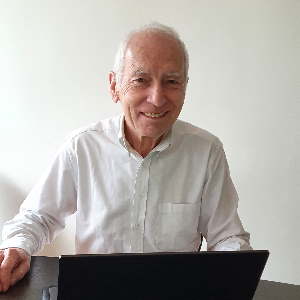Traditional psychometrics dates back to Galton (1822). Its use remains stable, despite considerable advances in cognitive science and neuroscience.
These show just how rich and complex humans are, and absolutely do not function in a robotic way, on the contrary.
The Intelli7® model is multi-level, because we all function on several levels simultaneously. It describes:
- the Behaviors,
- which are underpinned by attitudes or SoftSkills,
- which are themselves underpinned by Personality,
- which is itself underpinned by our Meta-programs,
PNL - Neuro Linguistic Programming, - which are themselves underpinned by our Drivers,
Taibi Kahler.
This richness allows us to have the right answer to the question we ask, because we have access to the right plan.
With Intelli7®, you have the right answers, because you have access to the right sources.
❝
Example
You may want to know a person's resistance to change.
Can a Personality tool answer that?
NO
But if we only have one tool, we'll make sure to find that answer in it.
In doing so we're taking risks, and we're not comfortable.
Yet resistance to change is primarily a matter of Meta-program (Internal-External).
This means that each personality trait can be resistant to change in some respects, and adept at change in others.
Wouldn't it be simpler, as with Intelli7®, to have the right source of information directly? Here the Internal-External Meta-program.
❞
❝
Example
You may also wish to know a person's ability to make decisions.
Can a Personality tool answer that?
NO
But if we only have one tool, we'll make sure to find that answer in it.
In doing so we're taking risks, and we're not comfortable.
Now the Ability to make decisions is a subtle equation that takes into account Meta-programs, and also the influence of Stress.
In other words, in a relaxed state, a person may be able to make decisions, but be quite less able to do so in a more or less intense state of Stress.
For other people, it may be different. Each case is particular.
Knowing the influence of Stress on our Behaviors is an unparalleled advantage, and an absolute necessity for reliable and successful diagnostics.
Intelli7® gives you this information.
❞


 My references:
My references:















